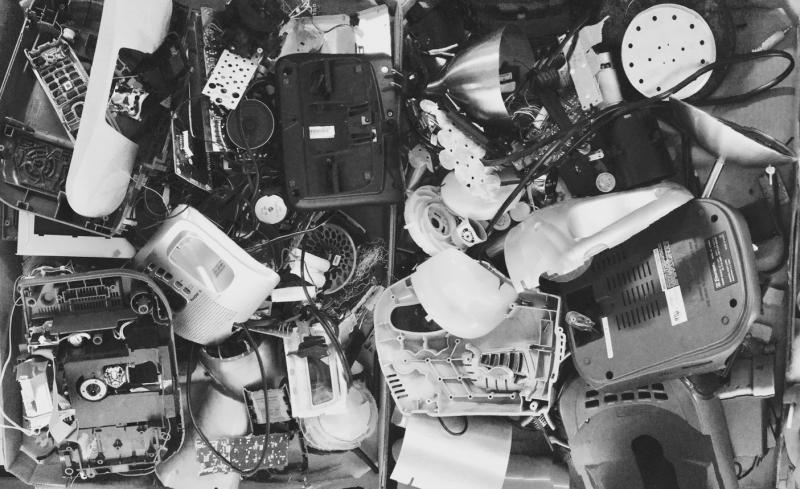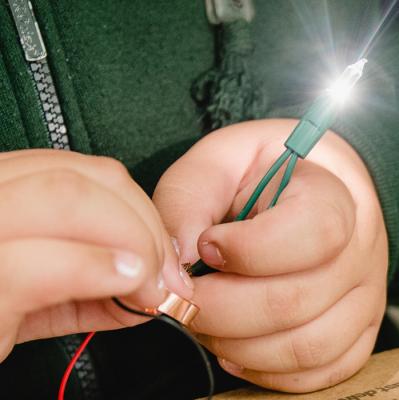Mechanical dissections are a practice that allows learners to discover the often hidden design of objects.

Mechanical dissections are a practice that allows learners to discover the often hidden design of objects.

Engaging young learners in exploring complexity and finding opportunities to make systems better requires perspective taking and empathy. Role playing can be a powerful approach to support learners in taking others’ perspectives when exploring the roles, ideas, and feelings of different characters in a system. Here we offer a few thoughts on how to leverage children’s natural desire to play and how to employ different thinking routines to foster perspective taking and empathy. This tool is intended as a starting point and does not need to be followed step by step or happen all at once.

Agency by Design project manager Jen Ryan describes her experience discussing the “maker mind” at TEDxDirigo.

A resource for learners to explore the ways you can use the Agency by Design Framework and Making Moves/Indicators.

Agency by Design project manager Jen Ryan examines the use of the word maker and offers an alternative reframing for an emerging field.

Agency by Design research assistant Sarah May explores the complex nature of working with qualitative data based on her experiences collaboratively coding and analyzing AbD’s interview transcripts.

This routine encourages learners to consider the different and diverse perspectives held by the various people who interact within a particular system.

Ilya Pratt, AbD Oakland Leadership Team member and Design+Make+Engage program director at Park Day School, tells a tale of maker empowerment and collective agency through the story of Kyle and the saber-toothed cat.

Inicialmente, essa rotina estimula o pensamento divergente, à medida que os estudantes pensam em novas possibilidades para um objeto ou um sistema; depois, o pensamento convergente é encorajado, à medida que os estudantes decidem a maneira mais eficaz de construir, explorar, re/desenhar ou hackear esse objeto ou esse sistema.